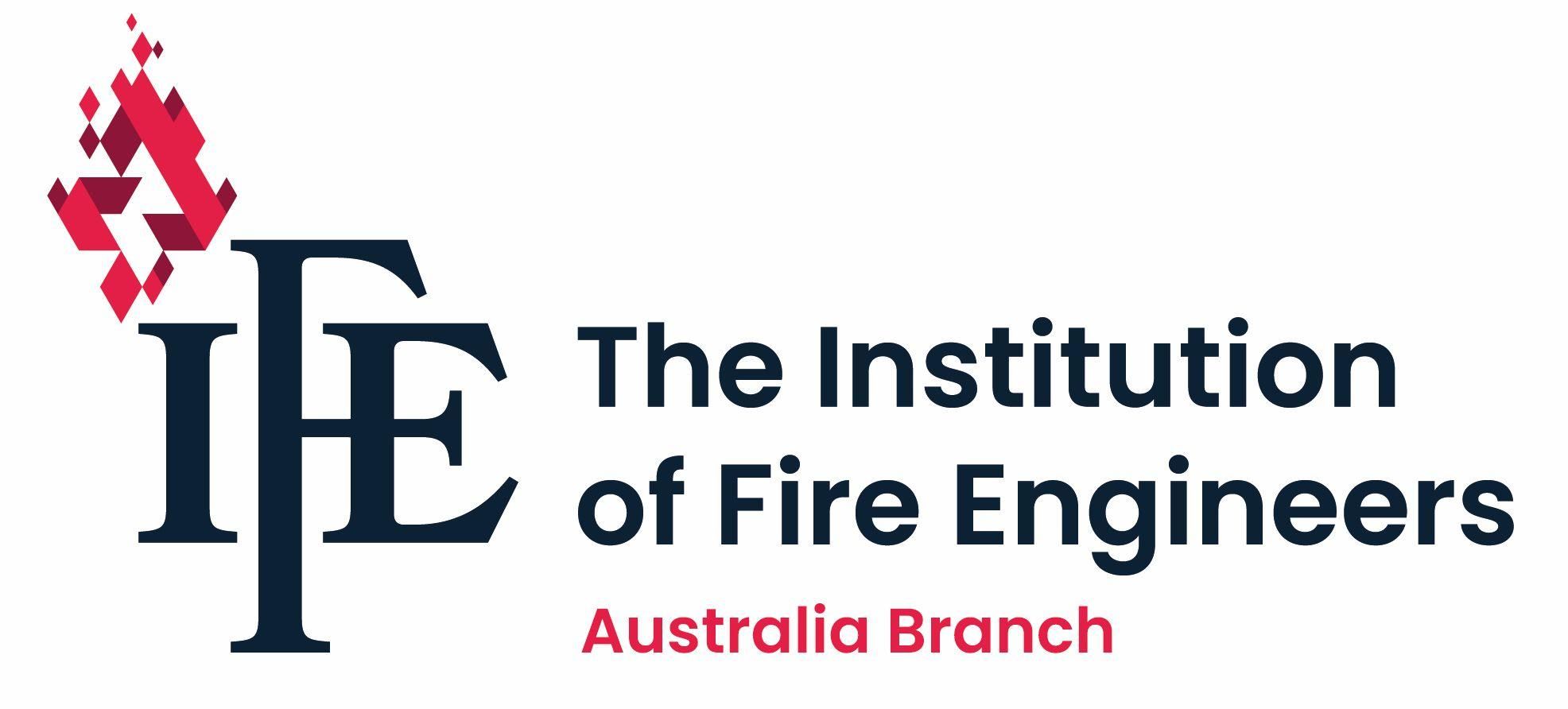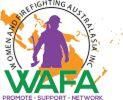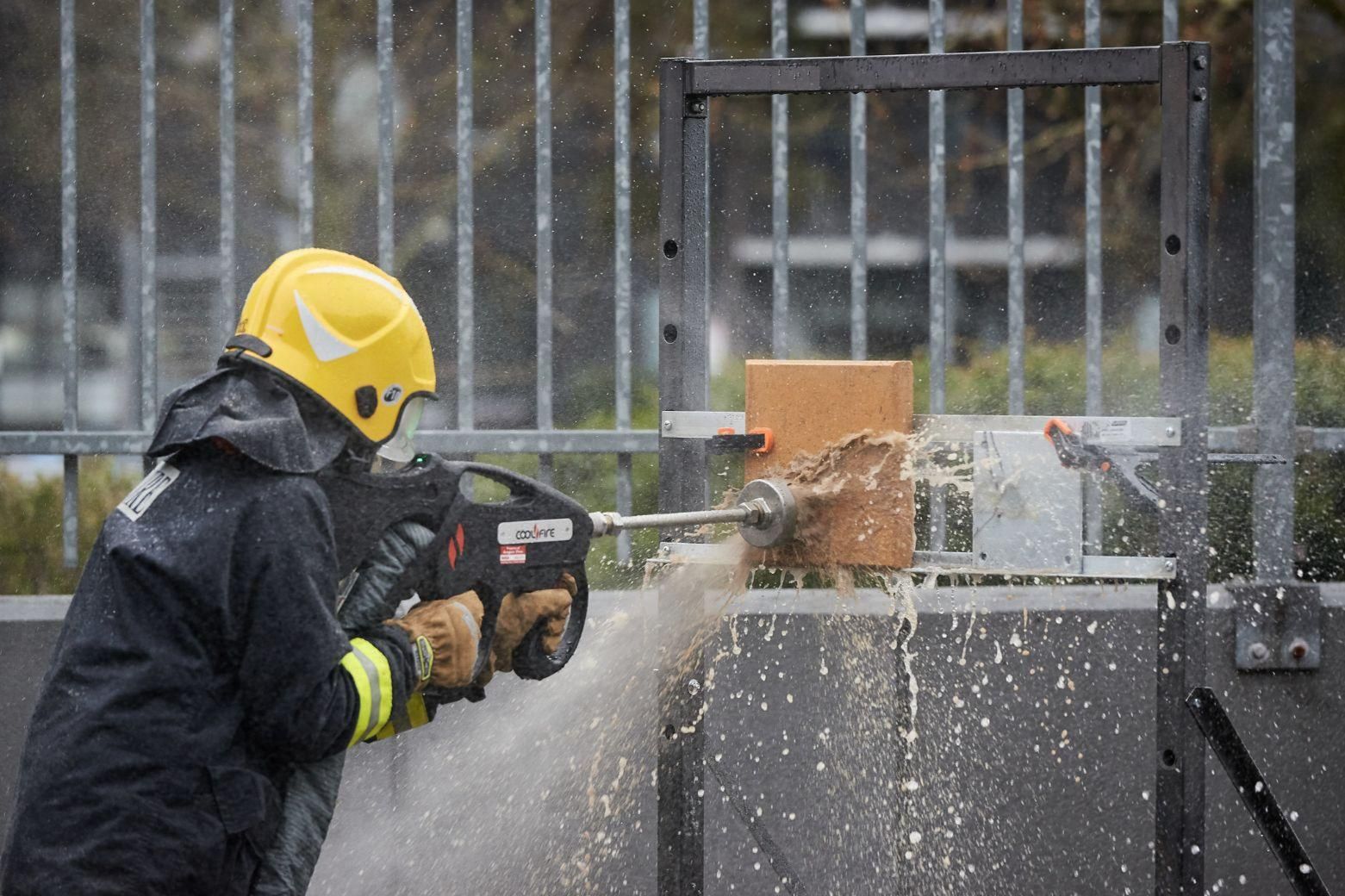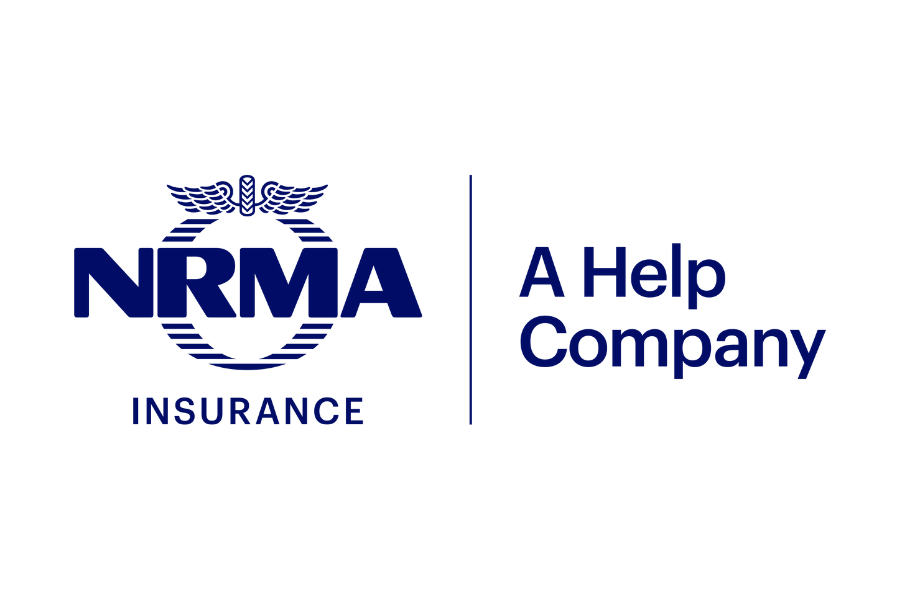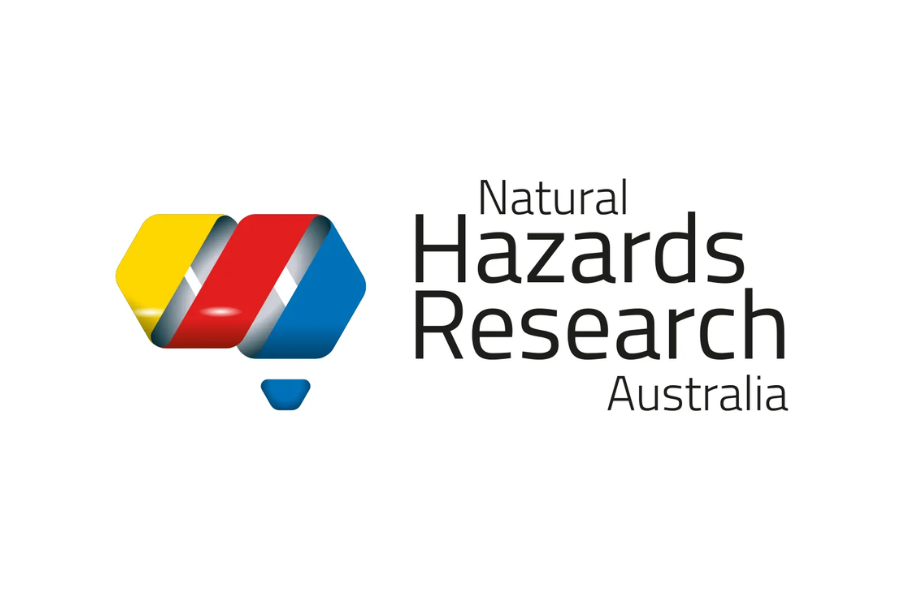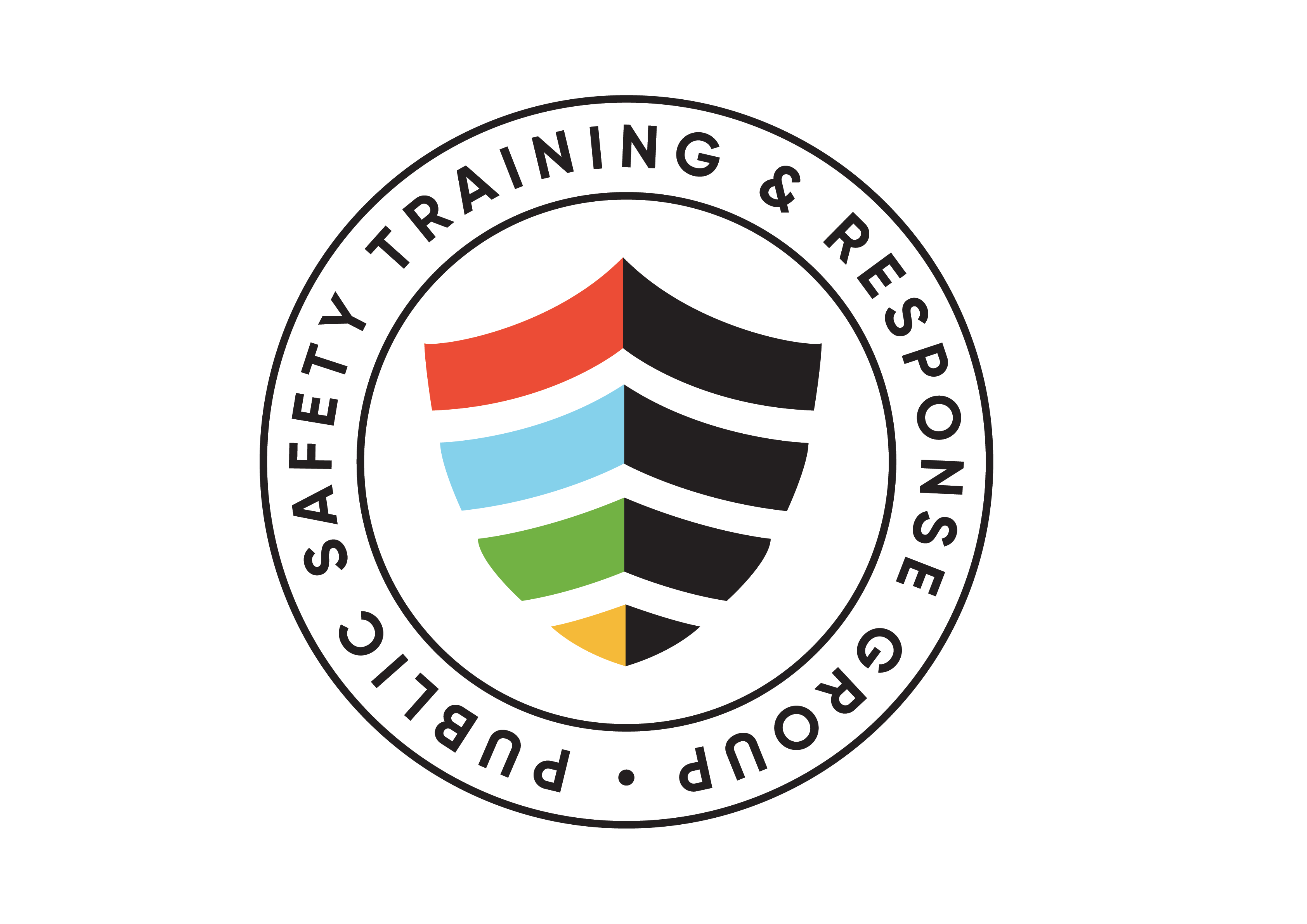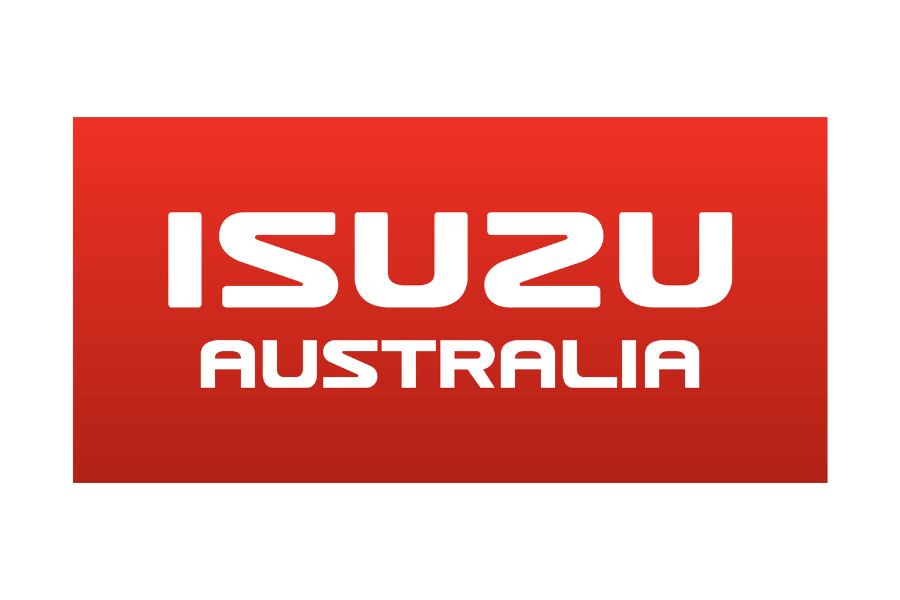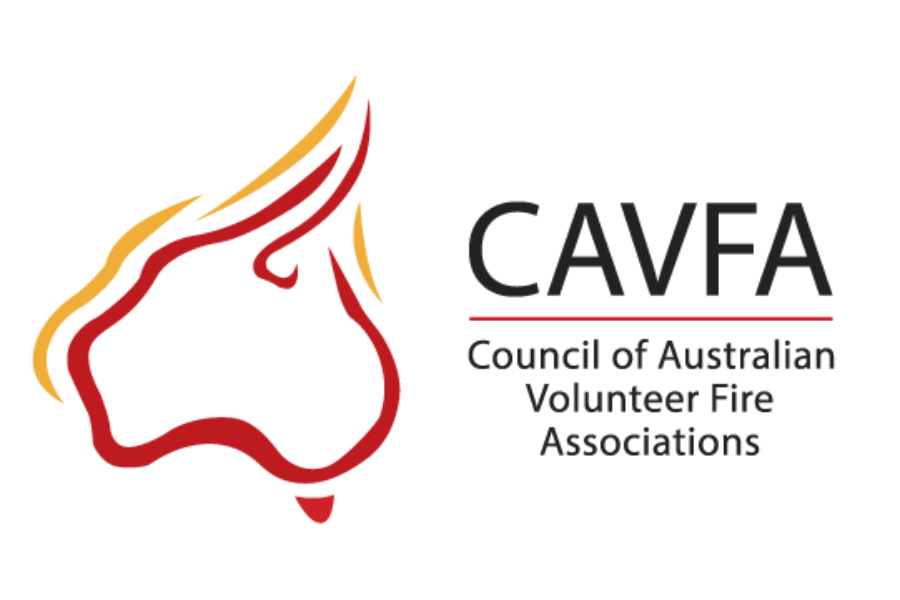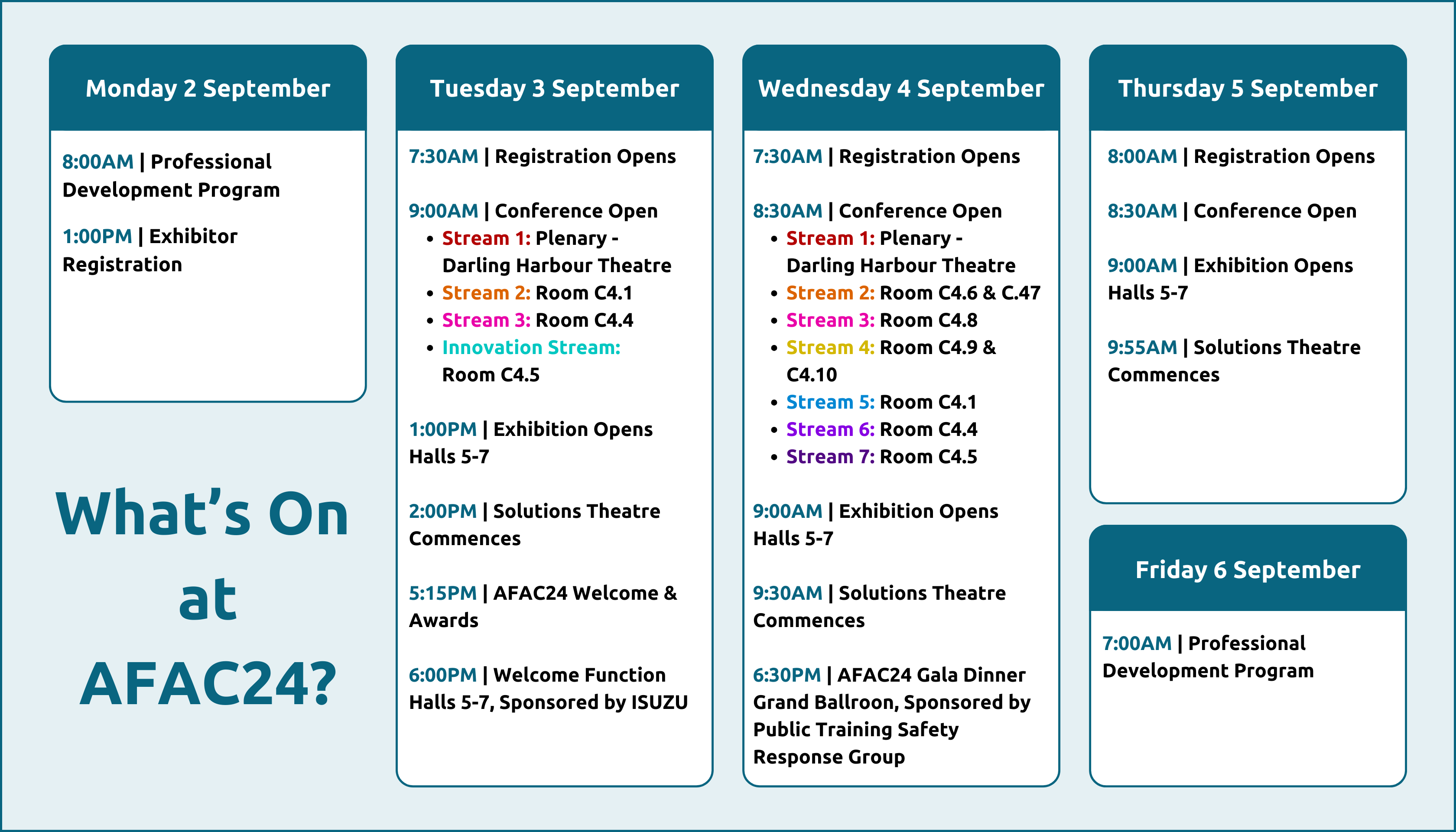
AFAC Keynote Speakers

Douglas D’Antoine
Recovery Executive Officer
Shire of Derby West Kimberley
Douglas D’Antoine is Bardi and Jawi from country 200km north of Broome, Western Australia. He resides in Broome and has a somewhat unique albeit unsophisticated position as to the advancement of Aboriginality that is overwhelmingly supported by the Fitzroy Valley 2023 ‘lived experience’.
Prior to the devastating Fitzroy Valley floods cause by ex-tropical cyclone Ellie in January 2023 (Floods), Douglas was a native title lawyer and then became the deputy CEO at the Kimberley Land Council, a corporate oil and gas lawyer at Woodside and then BP (upstream), roustabout and wool presser, and a police officer.
At the time of the Floods, he was the CEO for Bunuba Dawangarri Aboriginal Corporation that holds native title on trust for the Bunuba language group. By way of context, Nyikina, Gooniyandi, Walmajarri and Wangkatjungka are the four other language groups in the Fitzroy Valley.
Since the Floods, Douglas was the community advocate for those directly impacted by the Floods opposite the Prime Minister, Premier and many other
government dignitaries, then became the Executive Officer to the Fitzroy Valley Flood Recovery Working Group (Working Group) and is now the Recovery Executive Officer with the Shire of Derby West Kimberley.
Douglas’ presentation focusses on the nationally unprecedented nature in which the agencies associated with Floods engaged the Fitzroy Valley community, and particularly the five language groups within the Fitzroy Valley through the Working Group.
He will explain how that engagement, that is being recognised nationally as best practice, laid the foundations for the strong and effective governance of the flood recovery efforts that, by way of outcomes, includes the reduction of crime in Fitzroy Crossing and the Fitzroy Valley.
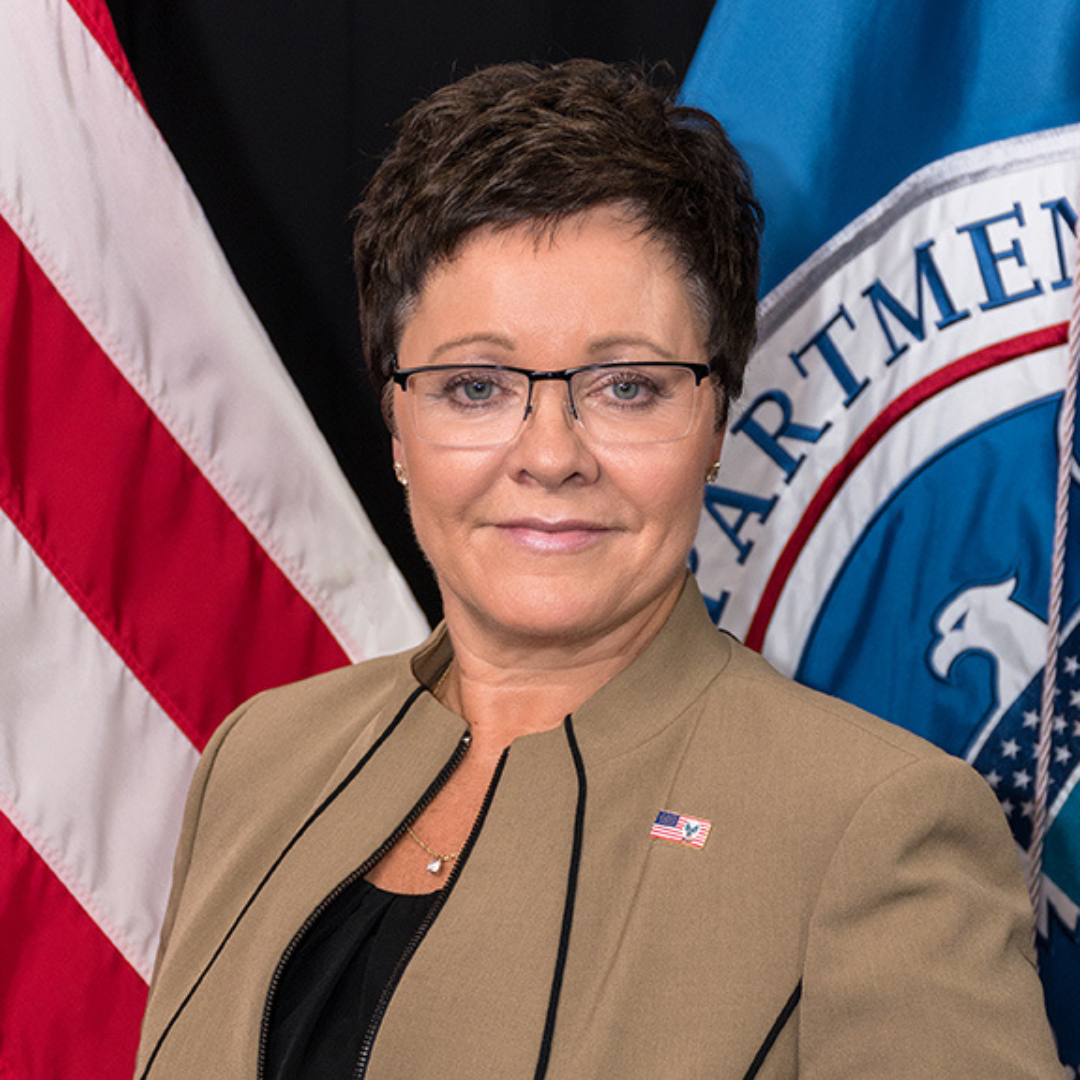
Dr Lori Moore-Merrell, DrPH, MPH
U.S. Fire Administrator
FEMA
Dr. Lori Moore-Merrell was appointed by President Joseph Biden as the U.S. Fire Administrator on October 25, 2021.
Prior to her appointment, Lori served nearly 3 years as the President and CEO of the International Public Safety Data Institute (IPSDI),
which she founded after retiring from a 26-year tenure as a senior
executive in the International Association of Fire Fighters (IAFF). She
began her fire service career in 1987 as a fire department paramedic in the City of Memphis Fire Department, Memphis Tennessee.
Lori is a Doctor of Public Health and data scientist, whose work has changed fire and EMS deployment throughout the world. As the principal investigator and senior project manager, she oversaw the development of landmark reports and other tools to improve residential and high-rise fireground operations, community risk assessment, fire and EMS resource deployment, and “Big
Data Analytics”. Her work continues to influence executive decision-making across the fire service.
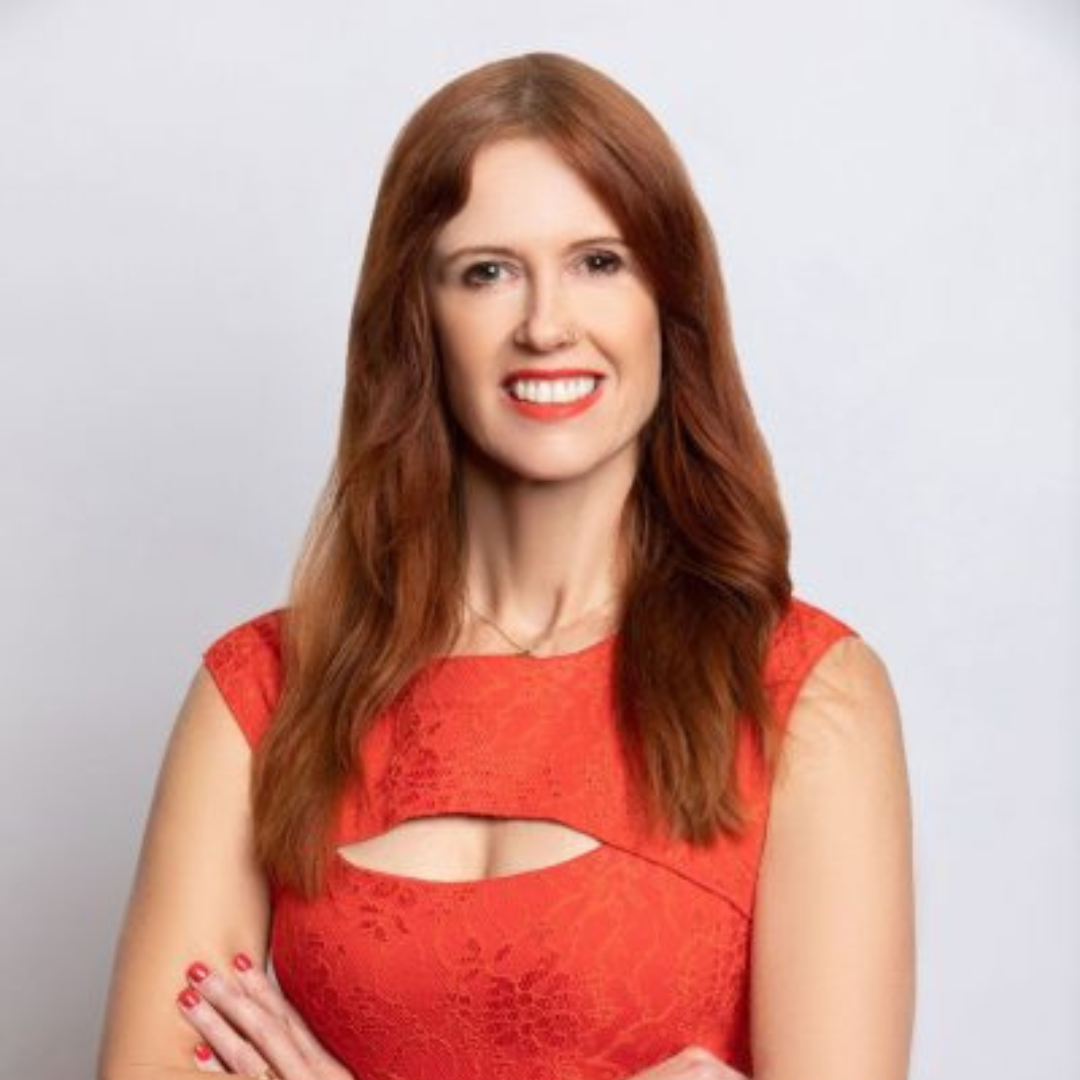
Dr Catriona Wallace
Author | Speaker | Adjunct Professor
Founder of the Responsible Metaverse Alliance
Dr Catriona Wallace has been recognised by the Australian Financial Review as the Most Influential Woman in Business & Entrepreneurship.
Catriona is an expert in the field of Artificial Intelligence and the Metaverse and is an Adjunct Professor, keynote speaker and Founder of the Responsible Metaverse Alliance. Catriona is also the co-author of the book Checkmate Humanity: the how and why of Responsible AI.
As the founder of one of the first Artificial Intelligence companies to list on the Australian Securities Exchange, Catriona has truly lived the life of an entrepreneur and CEO in the emerging technologies field.
Indeed, Flamingo AI was the second only woman-led (CEO & Chair) business ever to list on the Australian Stock Exchange.
Current Work:
Based on her extensive experience in AI and emerging technology Catriona delivers keynote speeches globally on topics including Artificial Intelligence, Web3 and the Metaverse, Digital Transformation, Responsible Technology, the Future of Work and Diversity and Inclusion.
Catriona's experience as one of the rare women leaders in advanced technology means that she is ideally suited to present on these important and topical subjects and does so in a way that is highly accessible, informative, non-technical, engaging and inclusive.
This unique skill set has also seen Catriona invited to Co-Chair Sir Richard Branson's B Team's AI Coalition and be a Director of the Garvan Institute, Gradient Institute and to Chair an AI VC Fund, Boab AI. Catriona has been achieved Advance Australia's highest award in Technology & Innovation for Australians working abroad and has been recognised by Onalytica as one of the top AI speakers and Metaverse commentators, globally. Catriona was inducted into the Royal Institution of Australia acknowledging her
as one of the country's most pre-eminent scientists.
With a burning passion for and deep knowledge of Artificial Intelligence and emerging tech such as the Metaverse, Catriona believes that sharing knowledge about the responsible use of technology and is her true path and purpose.
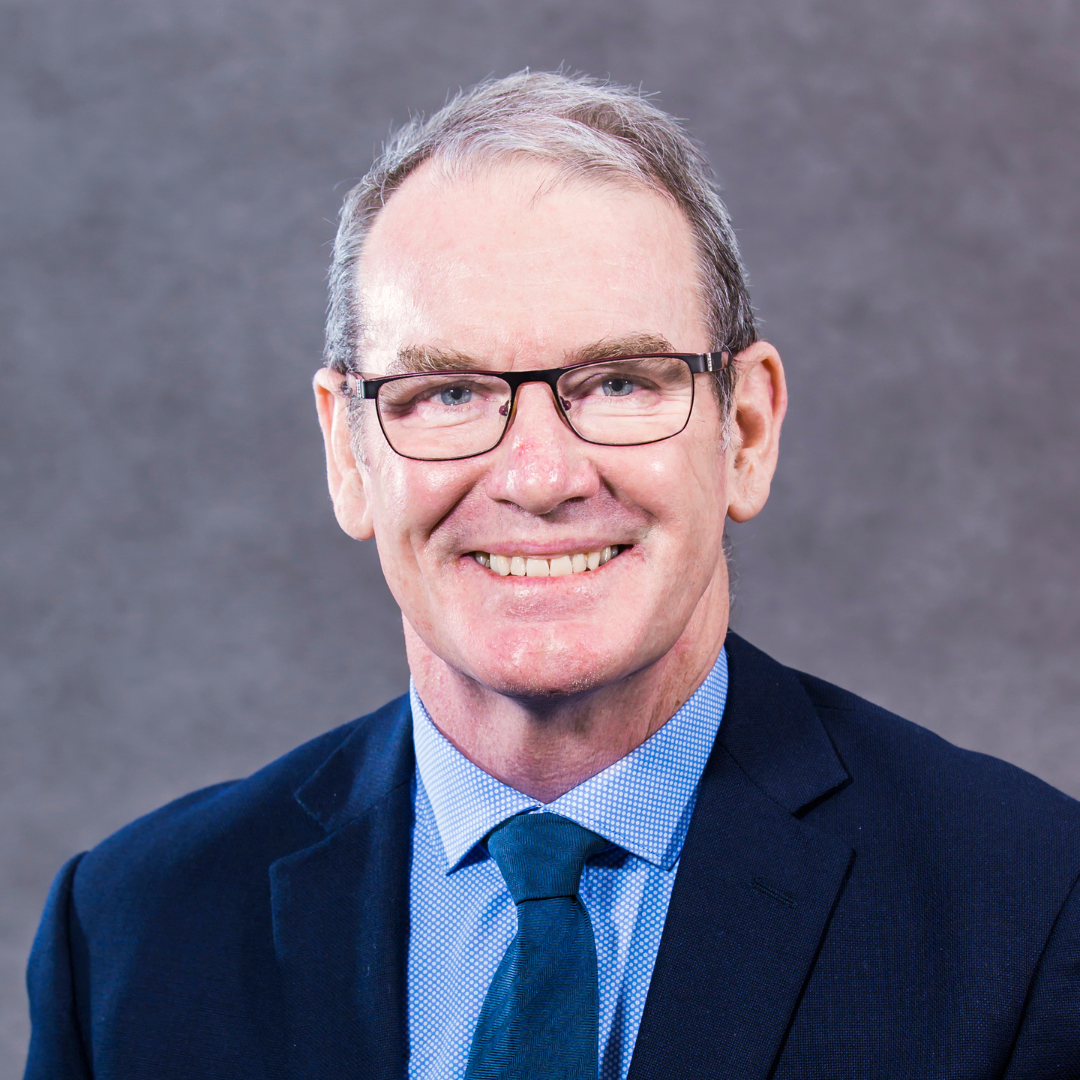
Brendan Moon AM
Coordinator General
National Emergency Management Agency
Brendan Moon AM commenced as the first CoordinatorGeneral of the National Emergency Management Agency in October 2022. Brendan brings with him extensive expertise and experience in disaster response, recovery, preparedness and risk
reduction. He spent 10 years with the Queensland Reconstruction Authority (QRA), starting as the General Manager, Operations in 2011 until his appointment as Chief
Executive Officer in 2016. While with QRA, Brendan led recovery operations and state-wide reconstruction and recovery efforts for all significant natural disasters in Queensland since late 2015 until 2022.
Brendan is a regular contributor to national and international dialogue on disaster risk and
resilience and has addressed the United Nations Office of Disaster Risk Reduction’s Asian Ministerial Conferences on multiple occasions. He is a passionate advocate for cooperation and collaboration across international, national, state and local agencies for disaster preparedness, response and recovery.
Brendan is a graduate of the University of Queensland.



